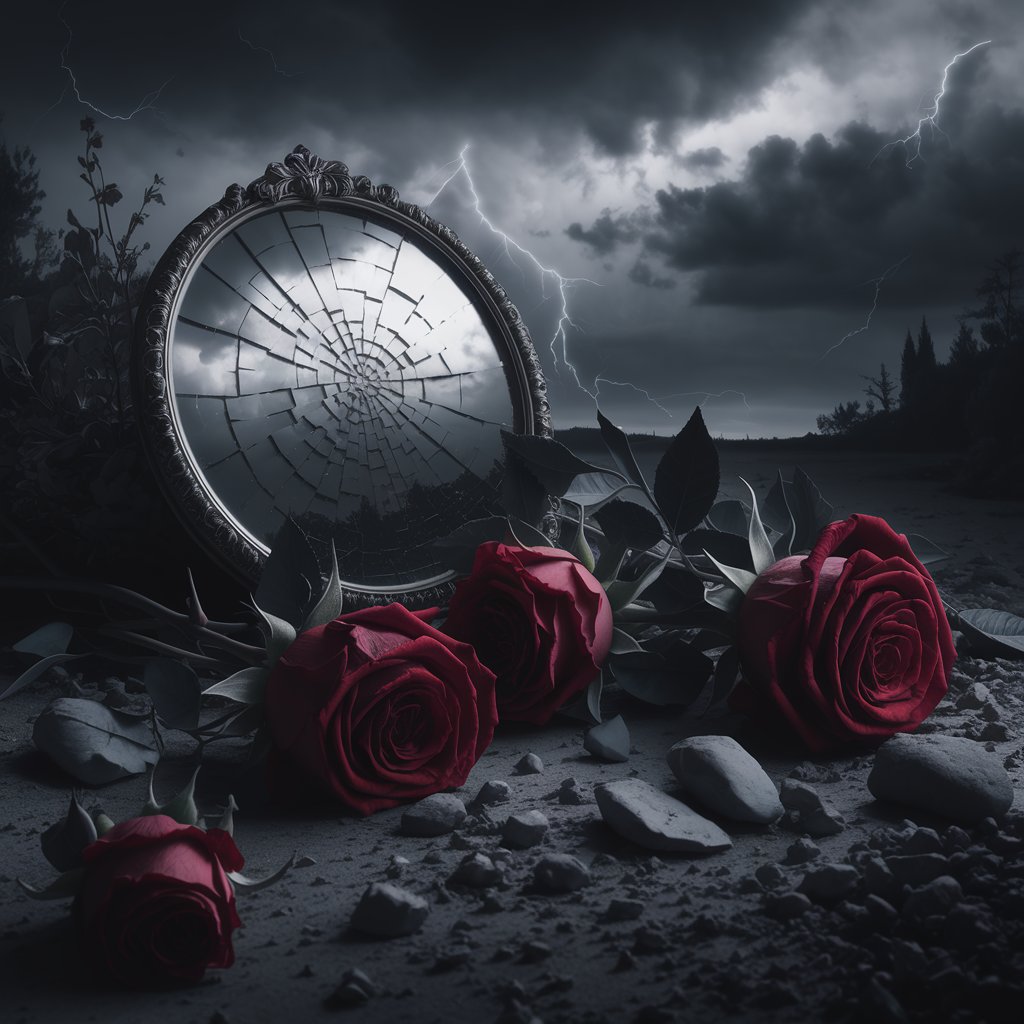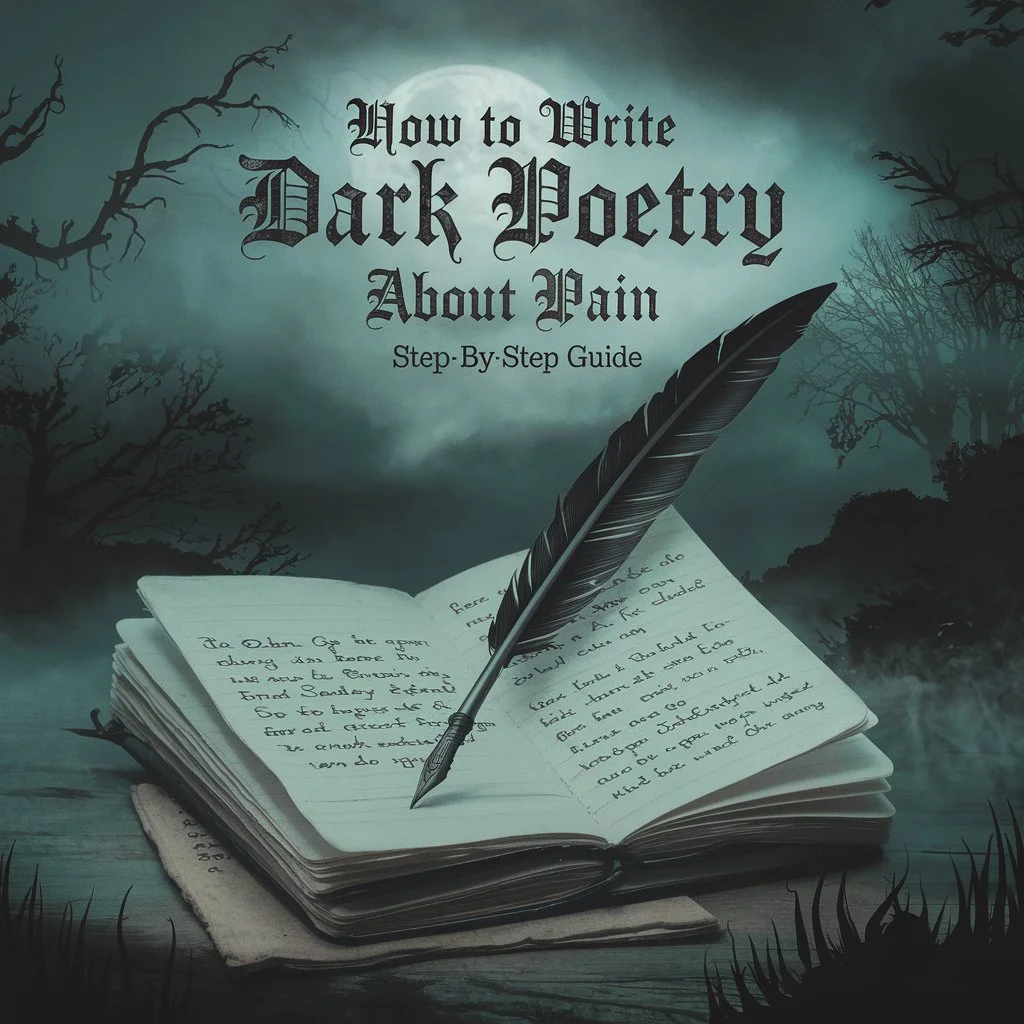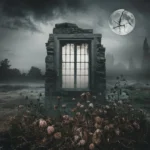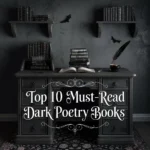Introduction: Why Dark Poetry Resonates
Have you ever felt a poem pierce your soul like a shard of glass? Dark poetry thrives because it transforms raw, universal emotions—pain, grief, loneliness—into art that connects us all. Whether it’s Sylvia Plath’s haunting confessions or Edgar Allan Poe’s macabre verses, these works remind us that even the deepest wounds can birth beauty. In this guide, you’ll learn how to write dark poetry that captures deep pain—verses that don’t just describe suffering but make readers feel it.
Step 1: Choose Themes That Cut Deep
Dark poetry flourishes when rooted in authentic emotion. Start by mining your own experiences or empathizing with universal struggles:
- Grief: Losing a loved one, a relationship, or even a version of yourself. If you’re dealing with grief or emotional challenges, consider visiting Mental Health America.”
- Existential Angst: Questions about mortality, purpose, or isolation.
- Inner Conflict: Battles with mental health, guilt, or regret.
Example Theme: Write about grief not as sadness, but as an “empty chair at the dinner table” or “a voicemail you’ll never delete.”
Step 2: Weave Metaphors to Capture Pain

Avoid literal descriptions. Instead, cloak emotions in metaphors that evoke visceral reactions:
- Metaphors: Compare pain to “a rusted anchor dragging through the ocean floor.”
- Symbolism: Use objects like wilted roses, cracked mirrors, or stormy skies.
- Imagery: Paint scenes with sensory details: “The air smelled of burnt promises and unsaid goodbyes.”
Classic Example:
“And the Raven, never flitting, still is sitting, still is sitting…” — Edgar Allan Poe (The Raven uses the bird as a symbol of unending grief).
Step 3: Step 3: Structuring Stanzas to Convey Deep Pain
How you arrange lines can amplify emotion:
- Short, Fragmented Lines: Mimic breathlessness or panic.
“Scissors in my chest—
snip, snip—
you left. - Repetition: Reinforce despair (e.g., repeating “nevermore” in The Raven).
- Pacing: Use enjambment (breaking a sentence across lines) to create tension.
Step 4: Experiment with Poetic Styles
Dark poetry isn’t confined to one form. Try:
- Free Verse: No rules, pure emotion. Ideal for chaotic feelings.
- Sonnet: Use its rigid structure to contrast with turbulent themes.
- Haiku: Distill pain into stark, minimalist imagery.
Original Example (Free Verse):
“Your absence is a hollow church—
echoes of hymns we never sang,
dust on the altar where I kneel,
praying to a god who left his name unsaid.”
Common Mistakes to Avoid
- Clichés: “Tears like rain” → Replace with “tears dissolving the ink in my diary.”
- Forced Rhymes: Prioritize emotion over perfect rhyme.
- Vagueness: Instead of “I’m sad,” show “My laughter crumbles like stale cake.”
Let Your Pain Bloom into Art
Dark poetry isn’t about wallowing—it’s about alchemizing pain into something transcendent. Your voice matters. Start small: scribble a line today, refine it tomorrow.
Conclusion:
“Your pain is not a cage—it’s a key. Use it to unlock verses that haunt, heal, and hug the reader’s soul. Now, grab your pen and let the ink bleed the truth. 🌑✨”
FAQ
Use metaphors, symbolism, and imagery to convey emotion. Avoid literal descriptions and aim for powerful, visceral language
Dark poetry explores intense emotions like pain, grief, and existential angst, transforming them into art that resonates deeply with readers.
Experiment with short lines, repetition, and pacing. You can also use enjambment to create tension or mimic breathlessness











Good https://t.ly/tndaA